Film Review of Kodak Tri-x 400TX (35mm)
Kodak Tri-X 400TX is one of the few film stocks I'm quite familiar with. If memory serves me correctly, this is the film I used throughout high school and college for 100% of my assignments during those years. However, I can't say I have fond memories associated with this film. As I've mentioned before, I never had an SLR camera during my high school years, and in college, I had a busted Canon AE-1 for about a month and a half of my three-month semester. On top of that, I struggled in the development and darkroom processes. That being said, I do know there are a handful of shots from that era in my career that I genuinely liked. I was willing to take a fresh look at this film as it's been about 10 years since I last used it.
When it comes to black & white shots, I usually prefer a pretty contrasty image, sometimes with flattened shadows. That's not quite the result I get from this stock, regardless of how I process it. If you're the type of photographer who enjoys a wide variety of grey tones, then I think this is a great stock. It just doesn't align with my personal preferences, which might partly be due to the baggage from all those years of struggling. Don’t get me wrong, there is a lot of contrast available, and when I get it, I love it, but I also like those shots are few and far between.
Let's examine some images to illustrate what I mean.
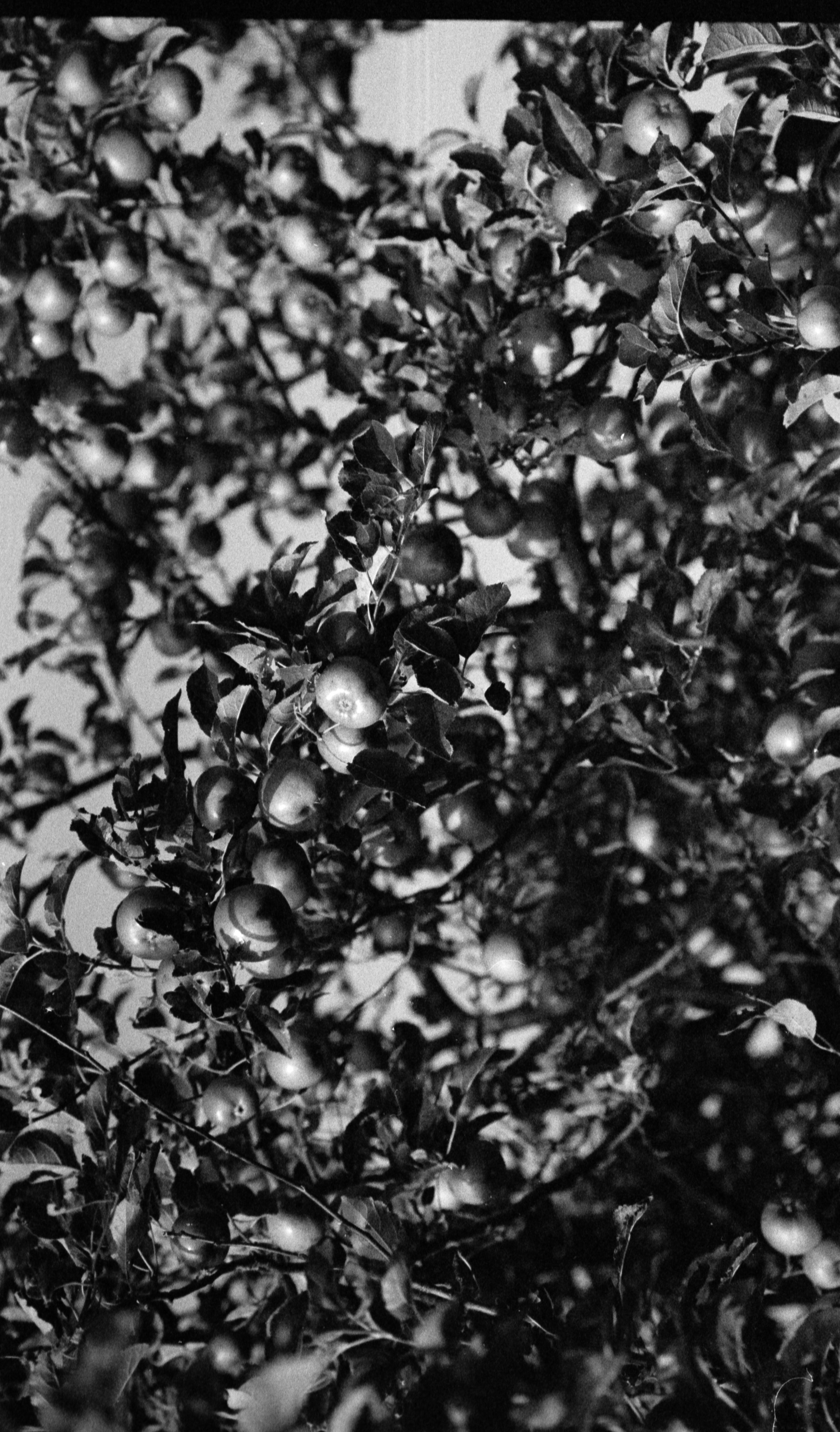
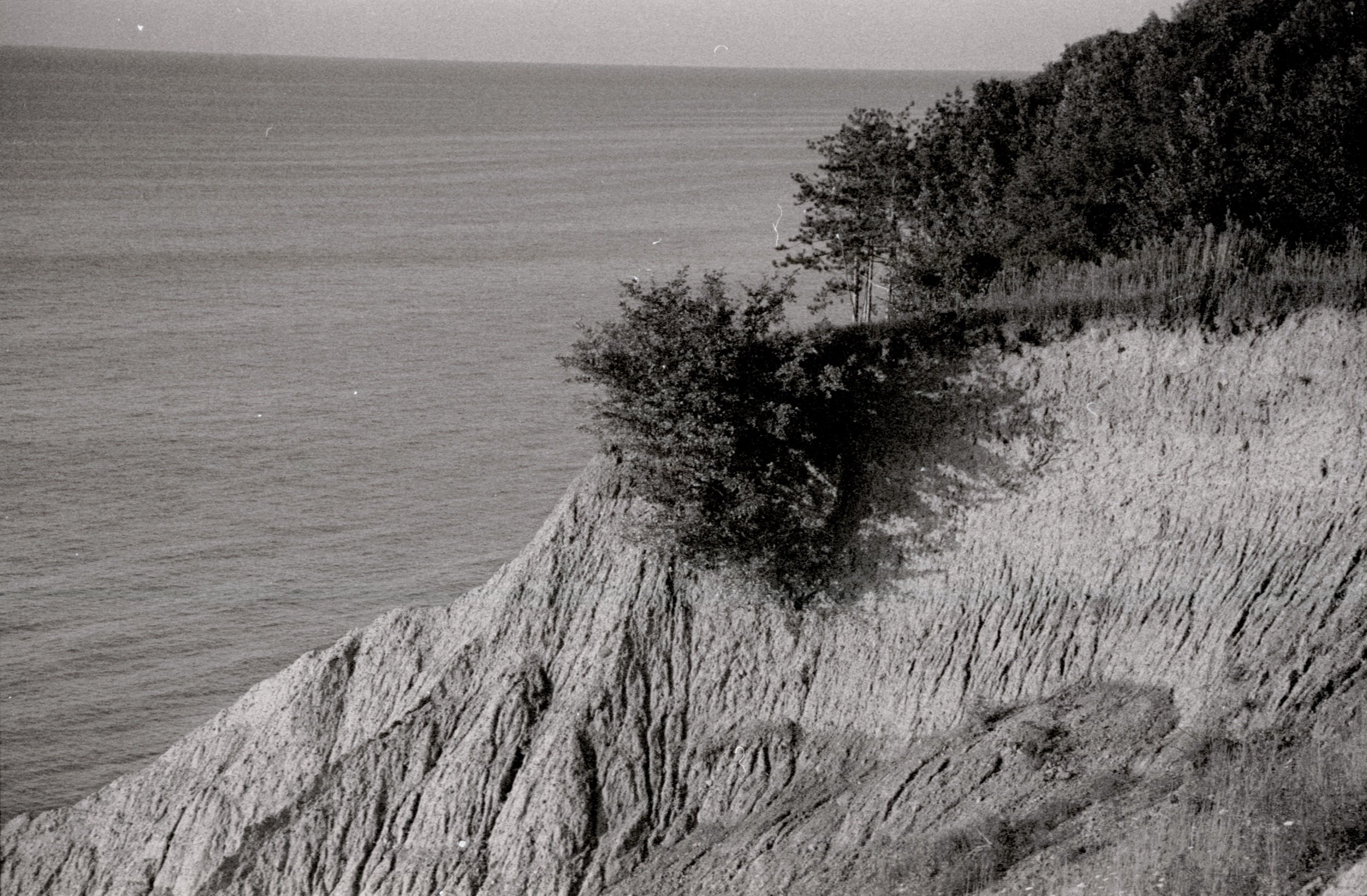
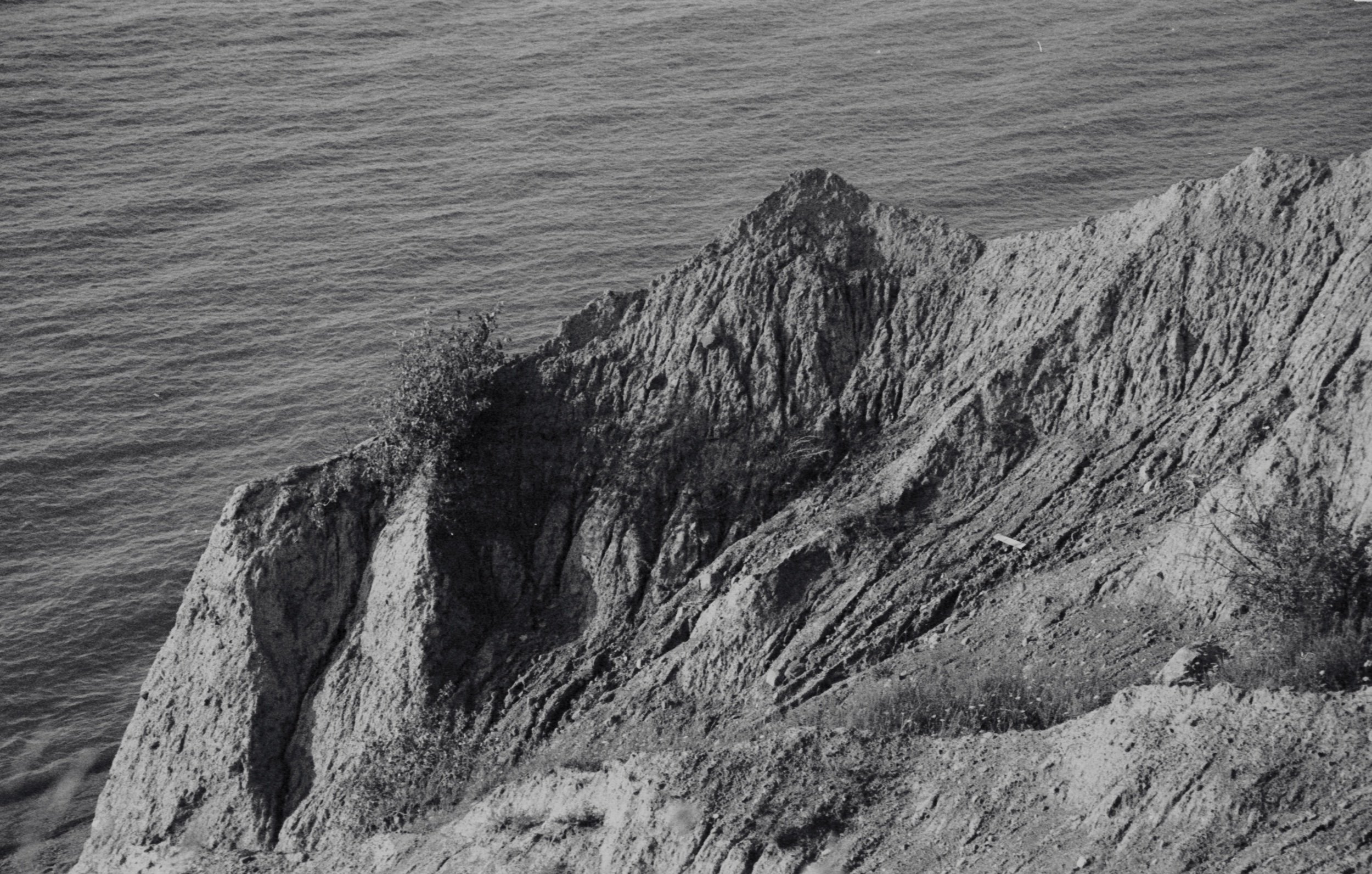
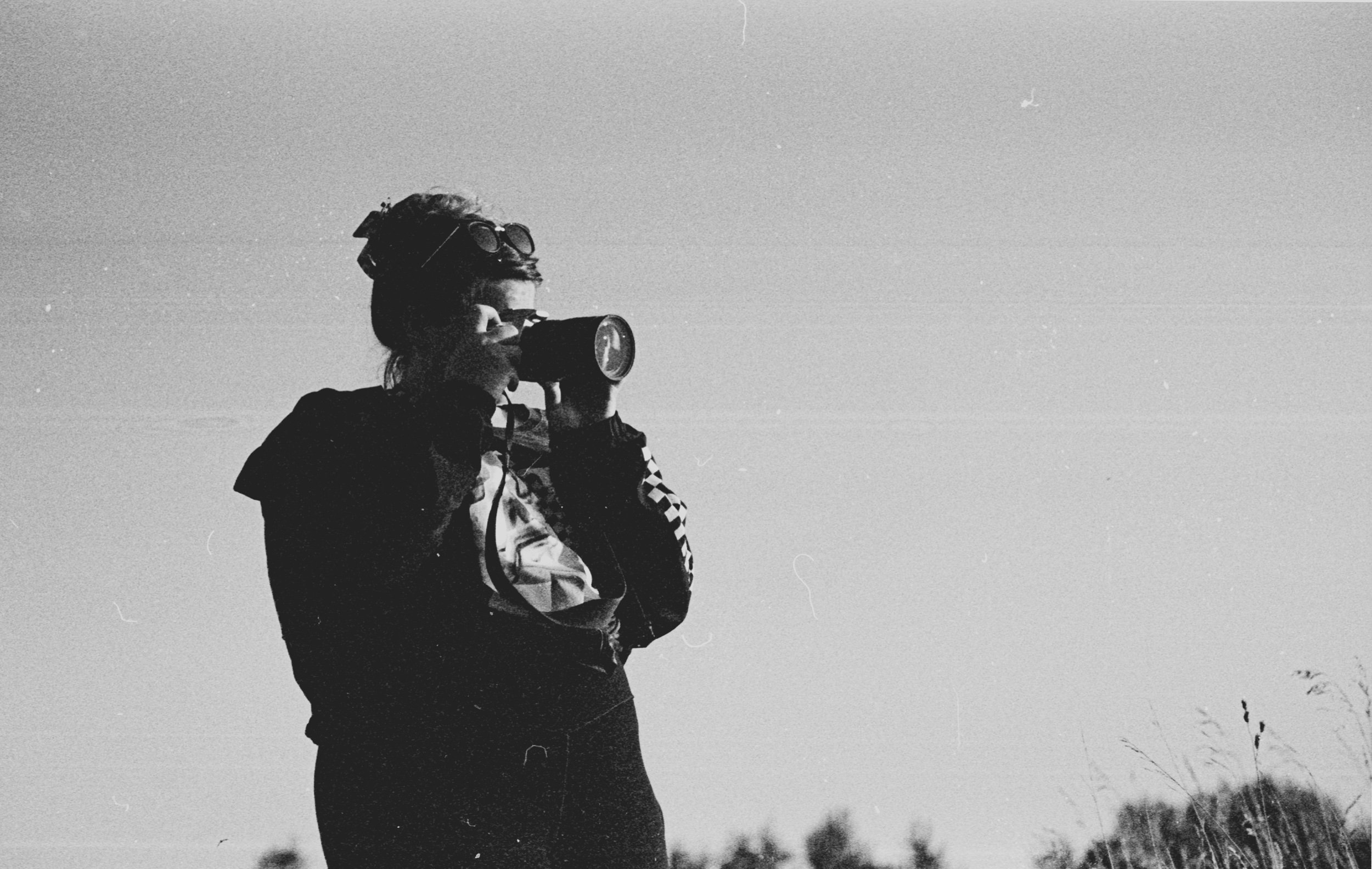
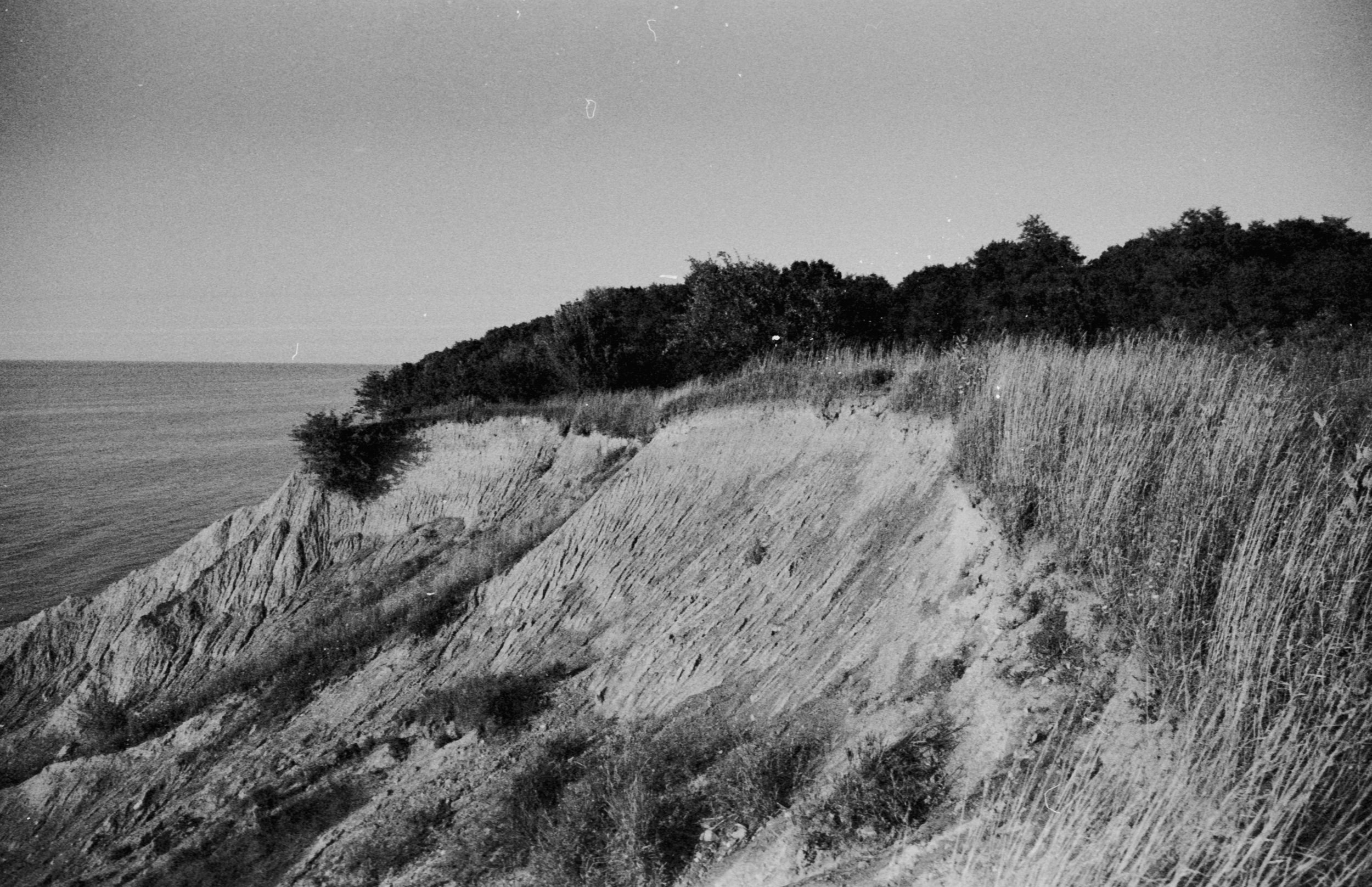
This set of images is a continuation of my previous blog where I reviewed Portra 400 at McIntyre Bluff's in Sterling, NY. Most of these images were captured with my Canon 24-105mm f/4 lens, and I had a polarizing filter from K&F on for a majority of the roll. As this was the second roll run through my camera without a fully developed test roll, I was generally trying to find the sweet spot for exposure and wanted test frames to consider. In digital, I usually tend to shoot about 1/2 a stop to 1 stop underexposed. However, that felt like it would be too much, so I was experimenting with 1/2 stops under and over and what my light meter indicated as properly exposed.
In hindsight, I realize I could have used more filters to my advantage to create more dimension in my black & white images, along with light modifiers and my off-camera flash unit, to craft something I'm more proud of. In black & white photography, the choice of filters is a subtle art that can dramatically influence the final result. Filters, such as yellow, orange, red, and green, each have distinct properties that affect how colors are rendered in grayscale. For example, a yellow filter can darken blue skies, making clouds stand out more prominently, and add contrast to scenes. If I had used an orange filter, I could have intensified these effects further, particularly on red and orange elements in my photographs.
Red filters, on the other hand, are fantastic for enhancing the dramatic impact of black & white photography. They can turn the sky nearly black while lightening reds, creating a striking contrast. Additionally, a green filter can be employed to emphasize green tones, making foliage and landscapes come alive in monochrome. The strategic use of these filters could have potentially transformed my experience with Kodak Tri-X 400TX, aligning its inherent characteristics more closely with my creative vision. This adjustment might have allowed me to capture images that resonated more with my personal preferences and the atmosphere I wanted to convey.
In my last blog, I mentioned that I was going to do a test between this film and a black& white converted image from Portra 400. It's not the exact same shot, but it should be close enough. The first image is Tri-X 400TX, and the second is the Portra 400 converted in Photoshop. Surprisingly, I don't see much of a difference. However, it might be attributed to my editing style when it comes to working with the film itself. I'll have to conduct further testing to draw a more concrete conclusion.
Would I use this film again? Probably not, unless I invest in some color filters or unless it's my only choice. It's not that I hate it, but I can't say I love it either. With that being said, there is a 120mm version available, and I'll eventually give that a go on my new (to me) Mamiya M645.
Although this isn't my favorite film stock, it might be yours. Below, you can find some options to pick up a couple of rolls for yourself.
Until Next Time.









